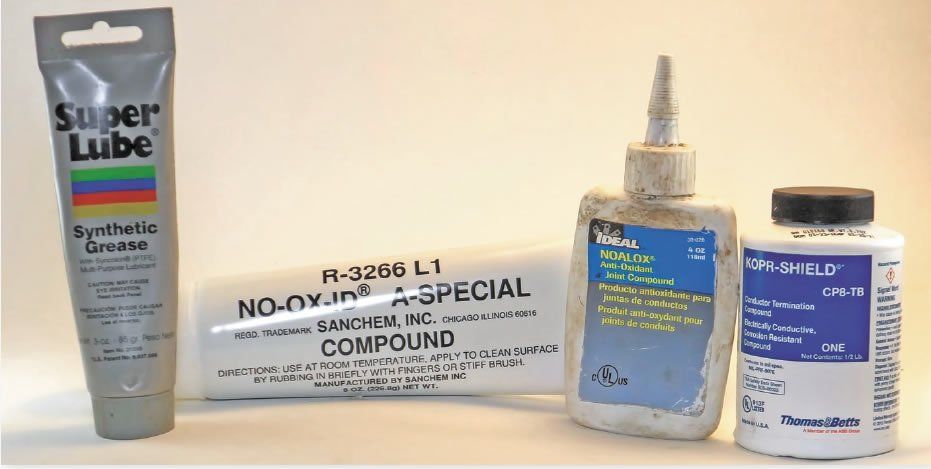Vigo
Solar Addict
I think an analogous comparison would be RTV and especially anaerobic sealants. As an auto tech i fasten some pretty large and rigid flanges to each other like engine and transmission housings. . There is basically no concern of 'trapping' a liquid sealant between two flanges and having it hold them apart. Even in the case of engine 'girdles' which contain the lower main bearing caps and where a flange sealant COULD change bearing clearances (typically ~0.002") to an unacceptable degree IF it were to become trapped, it's still not an issue. The excess (which there technically shouldnt be unless you apply too much) just finds its way out as the assembly is torqued. A less rigid flange surface would be even less of a concern because it would simply distort to allow an exit path for any excess sealant or in this case dielectric grease.
I cant think of many bolted terminals/lugs where the fastener size vs the lug size was such that the fastener couldnt clamp the two contact surfaces together hard enough to conform them to each other, ie flex/distort the surfaces enough to create an exit path for any grease getting pressurized between them. I would think the only way you get grease 'trapped' holding two contact surfaces apart from each other is if you have some really distorted surfaces AND insufficient torque on the fasteners. You can certainly get some non-compressible stuff in a 'blind' bolt hole and cause problems, but i dont think that's very analogous to cable lugs.
I cant think of many bolted terminals/lugs where the fastener size vs the lug size was such that the fastener couldnt clamp the two contact surfaces together hard enough to conform them to each other, ie flex/distort the surfaces enough to create an exit path for any grease getting pressurized between them. I would think the only way you get grease 'trapped' holding two contact surfaces apart from each other is if you have some really distorted surfaces AND insufficient torque on the fasteners. You can certainly get some non-compressible stuff in a 'blind' bolt hole and cause problems, but i dont think that's very analogous to cable lugs.




